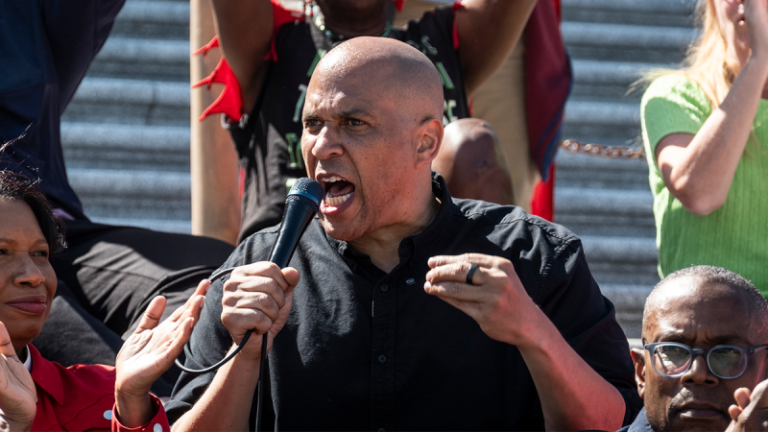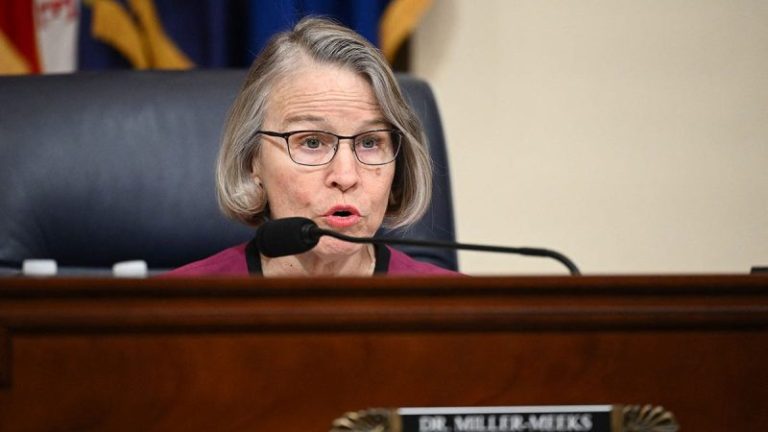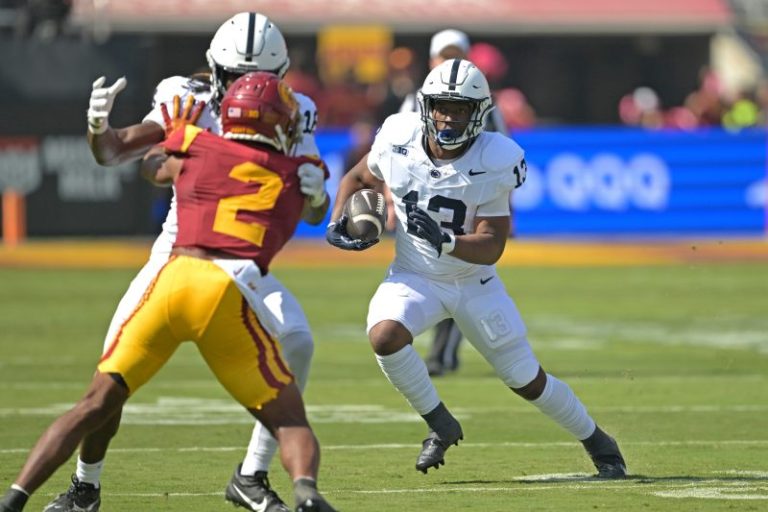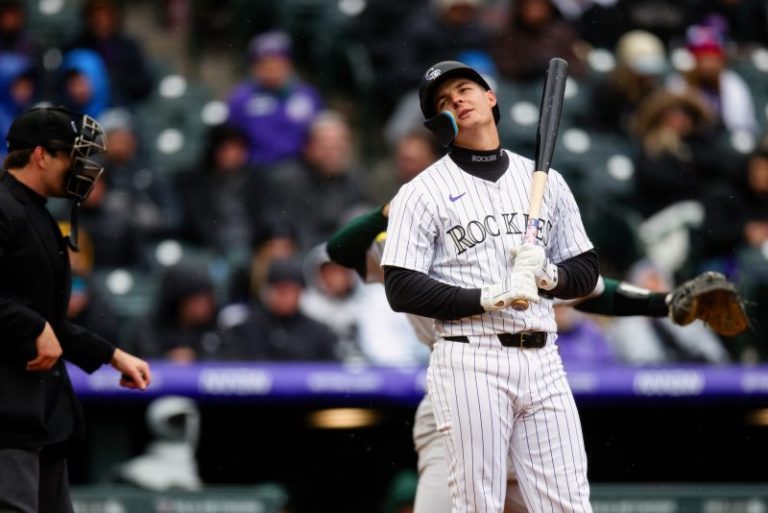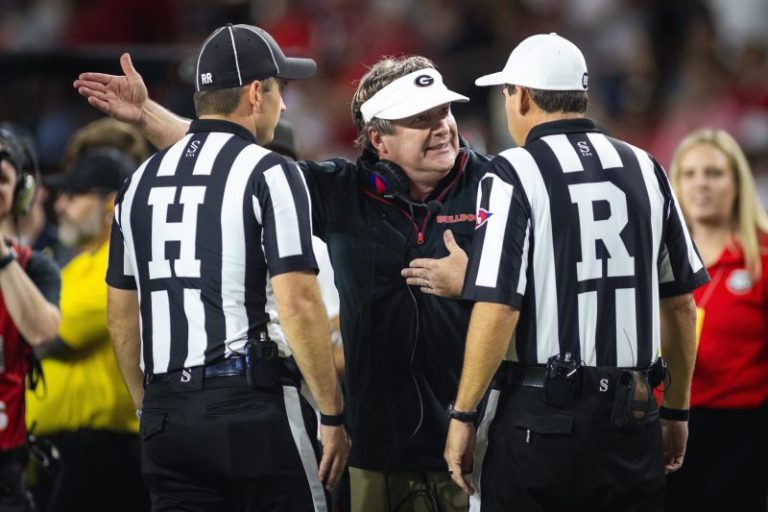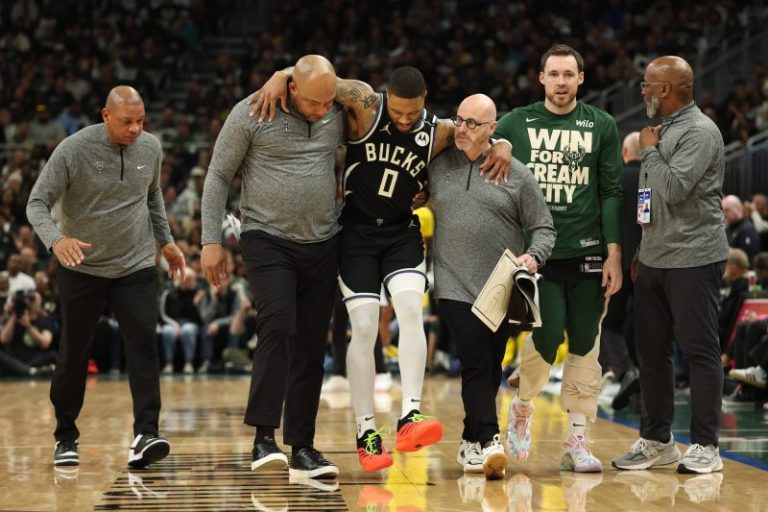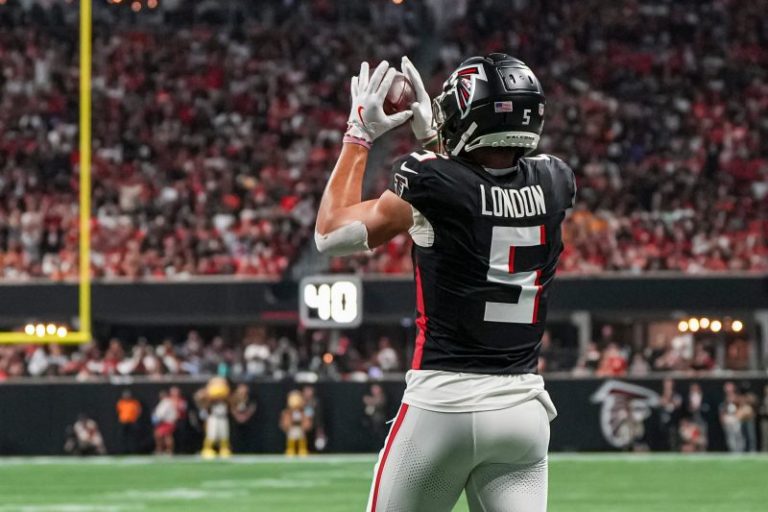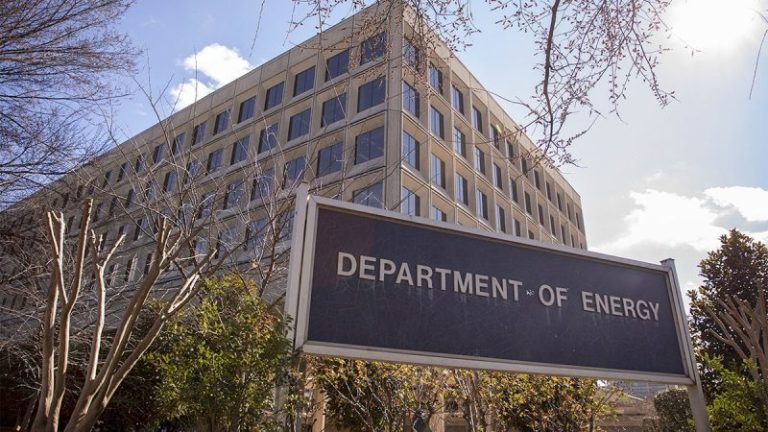Much has changed since we unveiled our way-too-early college football Top 25 in the hours after Ohio State beat Notre Dame to take home the national championship.
One of the biggest stories of the offseason has been former Tennessee quarterback Nico Iamaleava’s abrupt departure for the transfer portal. After leading his team to the College Football Playoff as a redshirt freshman, Iamaleava has decamped for UCLA and caused the Volunteers to drop from No. 9 in our January rankings to No. 14 in our post-spring update.
Another team falling out of the rankings is Boise State, the reigning Mountain West champions and debut Group of Five entrant in the expanded playoff bracket. In addition to losing star running back Ashton Jeanty, the Broncos have seen several key contributors enter the transfer portal, including all-conference defensive tackle Braxton Fely and former All-America punter James Ferguson-Reynolds.
But there’s no change at the top. Ohio State remains No. 1 in our reworked rankings despite some question marks at quarterback, followed by Penn State, Texas, Georgia and Clemson.
Below is our post-spring Top 25, once again heavily slanted toward the Big Ten and SEC. Rankings from January in parenthesis:
1. Ohio State (2024 record: 14-2) (1)
The Buckeyes are ready to reload and make another run at the national title. First, though, Ryan Day must decide on a starting QB between Julian Sayin and Lincoln Kienholz. Sayin was the favorite to claim the job this spring but was unable to put Kienholz away; the competition will continue this summer. The winner will throw to what again will be an elite WR room. The defense will need to be almost completely rebuilt, which is a definite concern. But there are building blocks on every level and one of the nation’s best overall players in DB Caleb Downs. The opener at home against Texas will be one of the biggest games of the year.
College football news, year round: Sign up for USA TODAY’s Sports newsletter.
2. Penn State (13-3) (4)
In QB Drew Allar and RBs Nick Singleton and Kaytron Allen, three linchpins of the Nittany Lions’ offense are set to return. While Penn State will lose star TE Tyler Warren, help is on the way at receiver in transfers Kyron Hudson (Southern California) and Devonte Ross (Troy). Defensively, the Nittany Lions lose edge rusher Abdul Carter but return senior Dani Dennis-Sutton, a likely preseason All-America pick. The expectations are that Penn State will again be right near the top of the Big Ten.
3. Texas (13-3) (2)
The Arch Manning era begins in Austin. Expectations will be unrealistic, and the reality is that Manning has limited game experience against SEC competition. Complicating matters are some unsettled situations at receiver and on the offensive and defensive lines. But this is a team full of talent compiled through strong recruiting classes and targeted transfers. Look for Ryan Wingo to emerge as Manning’s top target and for the defense to be led by LB Anthony Hill and DL Colin Simmons.
4. Georgia (11-3) (5)
After a slightly surprising step back last season, the Bulldogs look set to rebound behind new quarterback Gunner Stockton. To help out, Georgia added Noah Thomas (Texas A&M) and Zachariah Branch (Southern California) to boost the receiving room. The defense, per usual, lost significant players to the NFL but will reload behind LB CJ Allen, DB Daylen Everette and new EDGE Elo Modozie (Army).
5. Clemson (10-4) (7)
QB Cade Klubnik and the defending ACC champions will be expected to repeat in 2025 and go deeper into the playoff. The offense could have issues at RB after projected starter Jay Haynes tore his ACL in the ACC title game, though freshmen David Eziomume and Gideon Davidson looked good in the spring. Defensively, expect Clemson to rebound under new coordinator Tom Allen after falling to ninth in the ACC in yards allowed per play this past season. The pieces are in place for a run at the national tile.
6. LSU (9-4) (6)
This feels like a make-or-break year for Brian Kelly. The return of Garrett Nussmeier gives the Tigers one of the best quarterbacks in the country. Kelly then went to the transfer portal to add Nic Anderson (Oklahoma) and Barrion Brown (Kentucky) at wide receiver. LSU also made some key additions on the offensive line. The gem on defense is pass rusher Patrick Payton (Florida State), but there is also help coming in the secondary.
7. Notre Dame (14-2) (8)
The Irish have clearly arrived under Marcus Freeman. Redshirt freshman QB CJ Carr is poised to replace Riley Leonard after former backup Steve Angeli entered the transfer portal. Carr will be eased into the role by playing in front of top RBs Jeremiyah Love and Jadarian Price. The offensive line will benefit from the injuries that caused some in-season shakeups last season and will build around a young core set to ascend into major roles. The schedule is once again pretty friendly, with road games against Miami and Arkansas but Texas A&M, Boise State and Southern California at home.
8. Oregon (13-1) (11)
The defending Big Ten champs will turn to UCLA transfer Dante Moore as the team’s new quarterback. Moore served as Dillon Gabriel’s understudy last season. The offense will benefit from major transfers such as RB Makhi Hughes (Tulane) and OTs Isaiah World (Nevada) and Alex Harkey (Texas State). Oregon’s defense added another playmaker into the secondary in Dillon Thieneman (Purdue) but has new pieces to insert on the DL, including transfer Bear Alexander (Southern California) and rising junior A’Mauri Washington.
9. Alabama (9-4) (3)
Kalen DeBoer is under pressure after an inaugural season with four losses and the departure of quarterback Jalen Milroe. Ty Simpson is the expected replacement under center, and the skill positions look to be well-stocked with WR Ryan Williams likely to have even more impact in his sophomore season. Alabama will have a strong defense that has depth in the front seven and key returners in the secondary. While there’s plenty of talent, there’s still a lot of uncertainty about the state of the program compared to the Tide’s biggest SEC rivals.
10. Miami (10-3) (16)
There’s a lot that hinges on the availability of Georgia transfer QB Carson Beck, who was injured in the SEC title game and may not be able to throw until after spring ball. On paper, though, Miami’s talent level will have it ready to rival Clemson in the ACC if Beck is healthy. The strong points are a terrific OL, a deep stable of RBs and a reworked defensive backfield. But the Hurricanes need to identify production at WR and have to get the most out of a young DL.
11. Florida (8-5) (12)
There’s going to be big expectations around the Gators after their strong finish to 2024. Can that momentum carry over? There are enough pieces to push for a place among the upper third of the league should QB DJ Lagway be healthy and make the expected jump in his sophomore season. RB Jadan Baugh will carry the running game. The defense also made major strides in the second half of last season and will be led by linemen Tyreak Sapp and Caleb Banks.
12. Kansas State (9-4) (15)
We’re going to roll the dice on QB Avery Johnson taking a big step in his second season as the starter after some highs and low last season. More consistency from him should make the offense better with RB Dylan Edwards ready to take a lead role in the ground attack and Jayce Brown one of the top receivers in the Big 12. LB Austin Romaine and DB VJ Payne, the team’s top two tacklers, return for a defense that should get back to a level good enough to compete for and win the conference championship.
13. Illinois (10-3) (13)
Eighteen returning starters from a 10-win squad will make this season one of the program’s most anticipated in years. Whether Illinois contends for the playoff may come down to whether it can rebuild at WR without this season’s top two targets and find new starters to replace three seniors on the DL. With QB Luke Altmyer back to lead the offense, an experienced OL, all-conference LBs and a very strong secondary, Illinois is going to be a very tough out in a very tough Big Ten.
14. Tennessee (10-3) (9)
Tennessee has already found Iamaleava’s replacement in former Appalachian State and UCLA transfer Joey Aguilar, who joins redshirt freshman Jake Merklinger and true freshman George MacIntyre in the quarterback room. The Volunteers will need reinforcements at running back, receiver and offensive line to support the new starter but should be stingy on defense with LBs Arion Carter and Jeremiah Telander returning and DB Jermad McCoy potentially recovered from an offseason knee injury in time for the season opener.
15. Michigan (8-5) (18)
If the final weeks of last season are to be believed, Michigan is poised to reclaim a place among the top teams in the Big Ten. One reason for optimism is the clear upgrade at QB, whether it’s Fresno State transfer Mikey Keene or five-star freshman Bryce Underwood under center. But Underwood may need more time after making incremental progress as an early enrollee playing in spring drills. The Wolverines should be very strong on both lines even as the defense loses a star in tackle Mason Graham.
16. South Carolina (9-4) (14)
The Gamecocks may have been one of the best team in the Power Four at the end of last season, so pushing for the playoff in 2025 seems like a realistic goal. QB LaNorris Sellers showed significant progress in his first year as a starter and should be among the best at his position in the SEC. With significant returns at receiver, the offense should be more balanced and allow Sellers to showcase his throwing ability. The defense had significant losses that will require retooling, but Dylan Stewart should push for double-digit sacks as a sophomore.
17. Brigham Young (11-2) (17)
Jake Retzlaff is back for his second full season starting at quarterback and will lead an offense that should be among the best in the Big 12, with quality depth at running back and receiver. The key area to address is the defensive front, which lost several key contributors. But there’s enough strength in the back of the unit to help BYU push for double-digit wins again. The Cougars’ transfer class is heavy on help on both lines.
18. Louisville (9-4) (25)
New QB Miller Moss (Southern California) joins an experienced OL, terrific young RB Isaac Brown and senior WRs Chris Bell and Caullin Lacy for what should be one of the top offenses in the ACC. Louisville will need this offense to carry the load while the defense rounds into form. While the linebacker corps looks solid, an uncertain pass rush and coverage concerns could keep the Cardinals from the ACC title game.
19. Mississippi (10-3) (24)
The Rebels’ first order of business is the change at quarterback, with Austin Simmons taking over for Jaxson Dart. Simmons flashed against Georgia and brings a different dimension to the offense. RB, WR and the OL line also need rebuilding. The story is the same with the defense. There will be growing pains but time to sort things out with a home schedule that has eight home games.
20. Iowa State (11-3) (20)
After putting up a school record for wins last year, the Cyclones are in contention for a playoff berth amid a Big 12 race that should be wide open. QB Rocco Becht will be at the forefront of things, though he loses his top two receivers to the NFL. Adding Chase Sowell (East Carolina) will help but that room needs a reboot to keep the passing game humming. Also, the defense must get better stopping the run after ranking near the bottom of the conference last season in yards allowed per carry and per game.
21. Arizona State (11-3) (10)
Kenny Dillingham and the Sun Devils look to build on last year’s surprising success. While RB Cam Skattebo departs, QB Sam Levitt is ready to assume more control on the offense. Getting back WR Jordyn Tyson to full health will be critical after a knee injury ended his season prematurely. The defense has all-conference picks Xavion Alford and C.J. Fife to anchor the unit. The rest of the Big 12 is waiting to see if ASU was a one-year wonder or a program on the verge of something much more substantial.
22. Nebraska (7-6) (22)
There’s still a talent gap between Nebraska and the best of the Big Ten, but this is a team and program ready for the next step. On offense, QB Dylan Raiola should put up big numbers under offensive coordinator Dana Holgorsen. The defense has a new coordinator in John Butler and will have to rebuild up front. But the Cornhuskers have a terrific transfer class set to join the defense, including EDGE Dasan McCullough (Oklahoma), LB Marques Watson-Trent (Georgia Southern) and DL Williams Nwaneri (Missouri).
23. UNLV (11-3) (23)
UNLV looks to build on a recent surge under new coach Dan Mullen. The Rebels have been very active in the portal, where they’ve signed maybe the best class in the Group of Five. To get past Boise State and to the top of the Mountain West and reach the playoff, Mullen has to get the most out of Michigan QB transfer Alex Orji and rebuild at WR around several Power Four transfers. The defense played very well down the stretch of 2024 and looks to build on that strong close.
24. TCU (9-4) (NR)
TCU has quietly climbed back into the national picture after winning six of seven games to end last season. QB Josh Hoover is ready to take a big step forward in his second year as the starter. The defense returns linebackers Devean Deal and Kaleb Elarms-Orr and DB Jamel Johnson and looks to carry over last year’s improvement under second-year DC Andy Avalos. The potential is there for another unexpected playoff run.
25. Oklahoma (6-7) (NR)
The program’s downward trend under coach Brent Venables makes this a wild-card pick to round out our post-spring rankings. Defensively, Oklahoma should be in good shape after bringing back many of the key pieces behind a unit that ranked seventh in the SEC last season in yards per play. The offense will be sparked by QB transfer John Mateer (Washington State), who might’ve been the best overall player in the winter portal. But the Sooners need transfer WRs to step up and remake that room while the OL settles on a concrete starting five and stays healthy.
Dropped out: SMU, Boise State.
This post appeared first on USA TODAY

